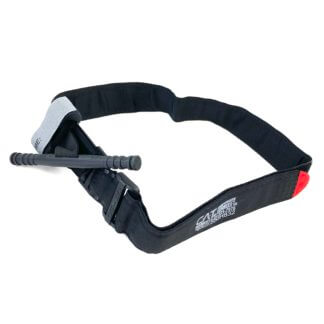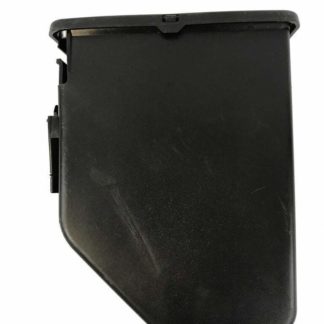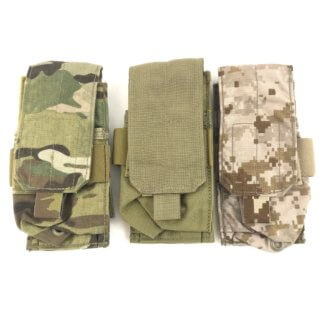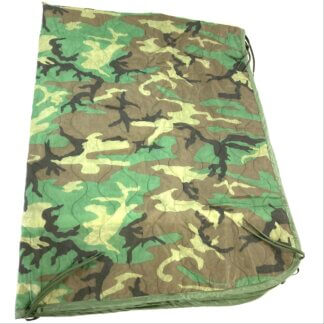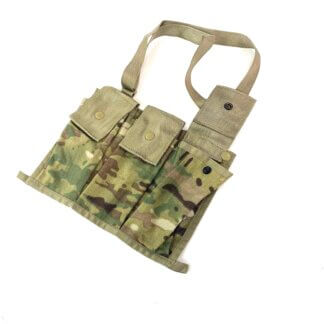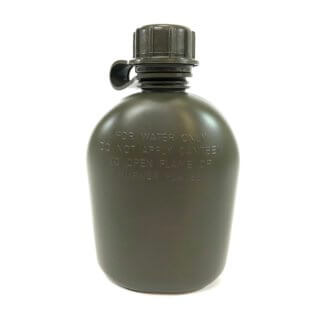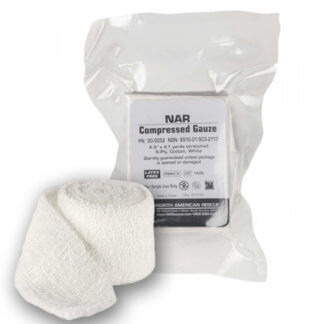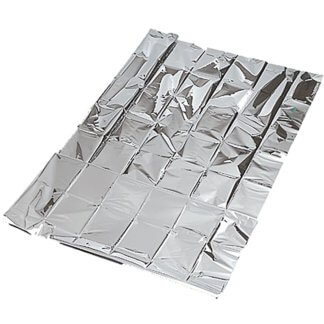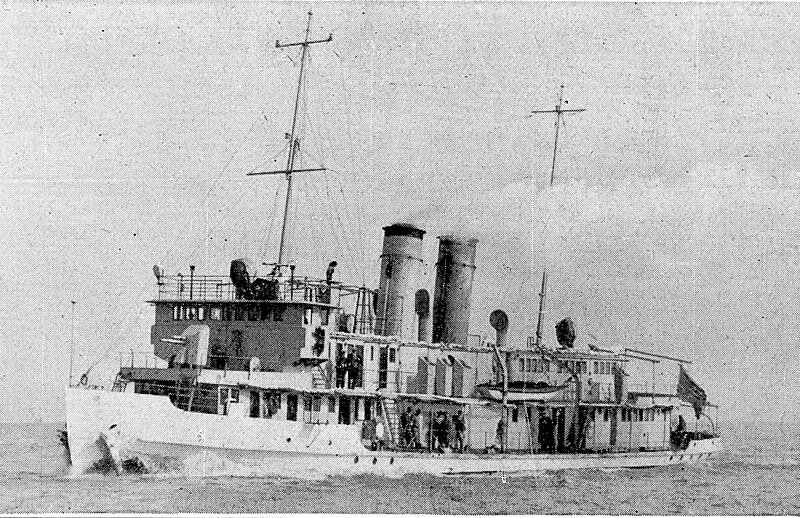
US Military History Throughout The Years
Short bits of history you know and some you may not!
- Ward Attacks: Sunday, December 7, 1941 – Soon before the Japanese would attack Pearl Harbor the USS Ward sinks a two man midget submarine near the harbor entrance. The enemy submarines periscope was spotted by the USS Ward as it trailed the cargo ship Antares, the crew had been alerted to the possibility of the subs presence a few hours earlier. The Ward fired at the small sub and hit it once, as well as dropping several depth charges, leading it to sink. This action would be the first American caused casualty in the Pacific Theater, shortly before Pearl Harbor was attacked. The sinking of the submarine was justified, since war had yet to be declared, by its approach not entitling it to “innocent passage”. For over 60 years the sinking of the submarine was questioned and treated as a possible false alarm on the USS Wards part. In 2002 the University of Hawaii found the sunken midget sub with a hole from the USS Ward guns in its tower, confirming the event. On 7 December 1944 while conducting operations around Leyte the USS Ward was attacked by several kamikazes. The resulting damage would cause a fire that could not be contained, leading her to be sunk by gunfire after the ship was abandoned.
- USS Wake: Monday, December 8, 1941 – The USS Wake becomes the only US ship to surrender during WW2. The ship was a river gunboat operating along the Yangtze river. The Wake mainly served to protect Americans and other foreigners along the river and later as a radio spy ship as the Japanese gained further control of China and the surrounding area. By 1939 the Japanese would escort the ship everywhere it went. When news of the attack at Pearl Harbor reached its commander, the same day due to time differences, he would try to reach his ship and scuttle it. When the crew reached the ship they found it already under Japanese guard and the crew would surrender the ship and become prisoners. The ship would serve under the Japanese for the remainder of the war before recapture by the Americans. After the war the ship would be given to the Chinese Nationalist government in Taiwan, only to be captured by Chinese Communist forces in 1949.
- Dunmore’s Raid: Saturday, December 9, 1775 – During the initial tensions in 1775 that would lead to the Revolutionary War, the Royal Governor of Virginia, Dunmore, would seize the gunpowder stores in Williamsburg, the colonial capital. This action prompted local Patriots to form militias in response, and they would quickly converge on the capital. Dunmore would flee to Norfolk and begin raising an army, sending forces out to raid Patriot camps. The only approach to the British camp, due to impassable terrain was Great Bridge. Dunmore would have his forces fortify the area and after some small skirmishes, decide to drive off the Patriot militia. The British forces would form a column and begin crossing the bridge, firing as they went. They would manage to cross the bridge and take some Patriot positions but as they moved more of their force across it, Patriot militia would begin to pick off the British Soldiers. As a result British casualties would quickly start to climb, while the Patriots would only sustain one slightly wounded militiaman. The British would soon withdraw, leaving the Patriots to occupy Norfolk days later, driving out what little British power remained in Virginia. This was one of the few Patriot victories early in the Revolution and one of the first land battles.
This week’s featured products.
Best-Selling Military Gear
-

North American Rescue GEN 7 CAT Tourniquet
$29.99 Select options -

USGI M249 SAW Ammo Box, 200 Round
$11.99 – $16.99 Select options -

Eagle Industries Double M4 Mag Pouch
$3.99 Select options -

USGI Military Poncho Liner, Woobie Blanket
$19.99 – $49.99 Select options -

USGI 6 Magazine Bandoleer
$3.99 – $21.99 Select options -

USGI 1 Quart Canteen
$5.49 Select options -

North American Rescue Compressed Gauze
$4.99 Select options -

North American Rescue Survival Blanket
$1.59 Select options

